Last week I wrote about my “vision of the future” for hyperlocal media. Here I’m going to offer up some follow-up thoughts.
In last week’s post I discussed the use of flat screen monitors, PUSH notifications, meta data and touch screens. What I’d like to suggest now is an integration of the most basic aspect of what makes Twitter and Google great: personalized notifications.
For this to be effective, it would need to be implemented in a small or mid-size market. Every person is given a username, which is input into the news system. When a story is written about someone, the writer uses both their name and the assigned username. This pings back to all of the people who indicated they’d like to find out when an individual is mentioned in the news.
An example: The local news outlet runs a story. You aren’t interviewed for it, but you are mentioned in it. No one told you that you would be mentioned, but there you are. As soon as the story is filed online, a notification is sent to you (on your phone, computer, TV – wherever) that you were mentioned in a story. You could also set up notifications for your family members and close friends. This way you are always kept “in the loop” on what’s going on with the people you care about.
The technology already exists. It’s just a matter of shrinking it and localizing it. It would be a very interesting development if a news organization picked it up.
Filed under: Aggregation, newspaper websites, social media, hyperlocalism, new media, newsapers

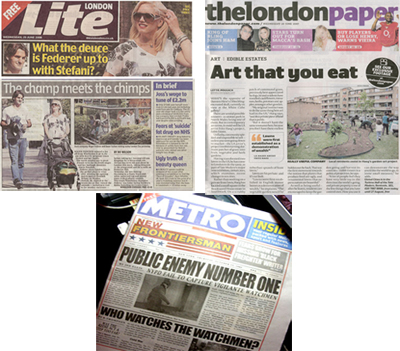

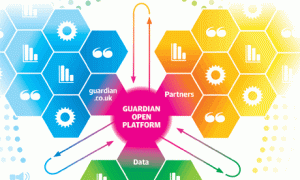
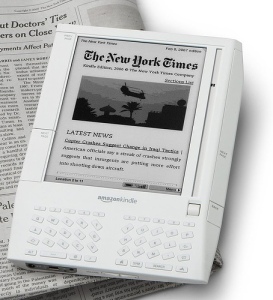
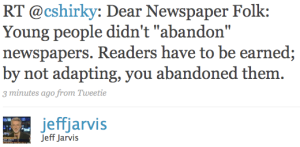

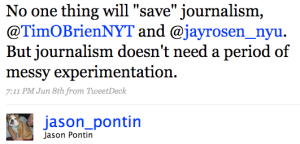
Recent Comments